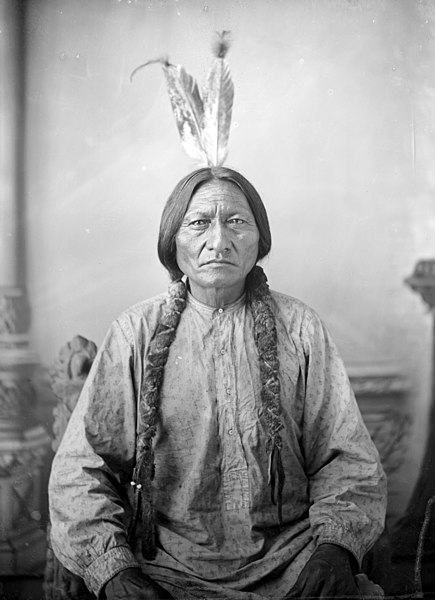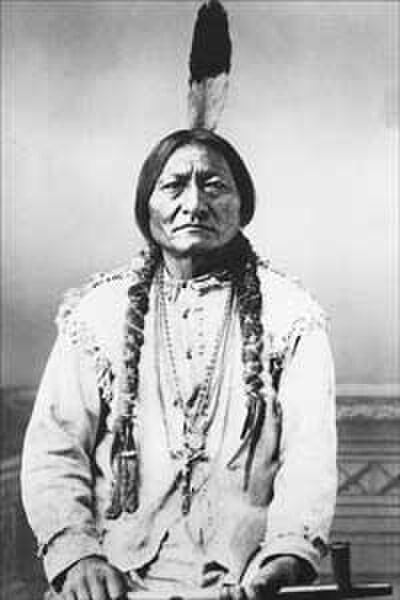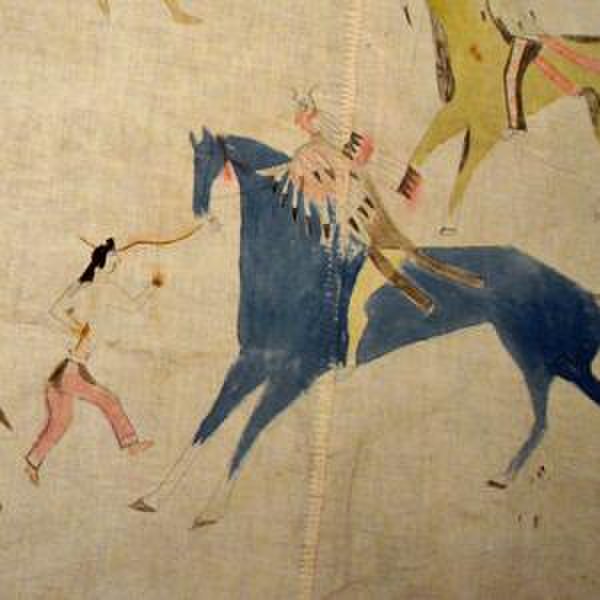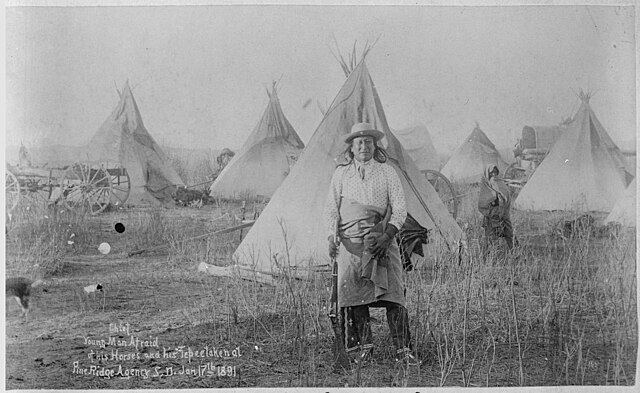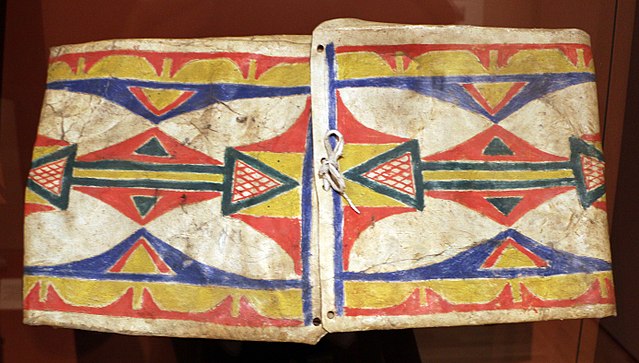Sitting Bull was a Hunkpapa Lakota leader who led his people during years of resistance against United States government policies. Sitting Bull was killed by Indian agency police on the Standing Rock Indian Reservation during an attempt to arrest him at a time when authorities feared that he would join the Ghost Dance movement.
Sitting Bull, c. 1883
An illustration of Sitting Bull, published in the December 8, 1877 issue of Harper's Weekly
The area of Big Horn County, Montana where the Battle of the Little Bighorn was fought
Fort Buford's commanding officer's quarters in present-day Williams County, North Dakota, where Sitting Bull's surrender ceremony was held.
The Lakota are a Native American people. Also known as the Teton Sioux, they are one of the three prominent subcultures of the Sioux people, with the Eastern Dakota (Santee) and Western Dakota (Wičhíyena). Their current lands are in North and South Dakota. They speak Lakȟótiyapi—the Lakota language, the westernmost of three closely related languages that belong to the Siouan language family.
Sitting Bull, a Hunkpapa Lakota chief and holy man, c. 1831 – December 15, 1890
Scenes of battle and horse raiding decorate a muslin Lakota tipi from the late 19th or early 20th century
January 17, 1891: Young Man Afraid of His Horses at camp of Oglala band of Lakota at Pine Ridge, South Dakota, 3 weeks after the Wounded Knee Massacre, when 153 Lakota Sioux and 25 U.S. soldiers died
Lakota parfleche, c. 1890, Speed Art Museum

